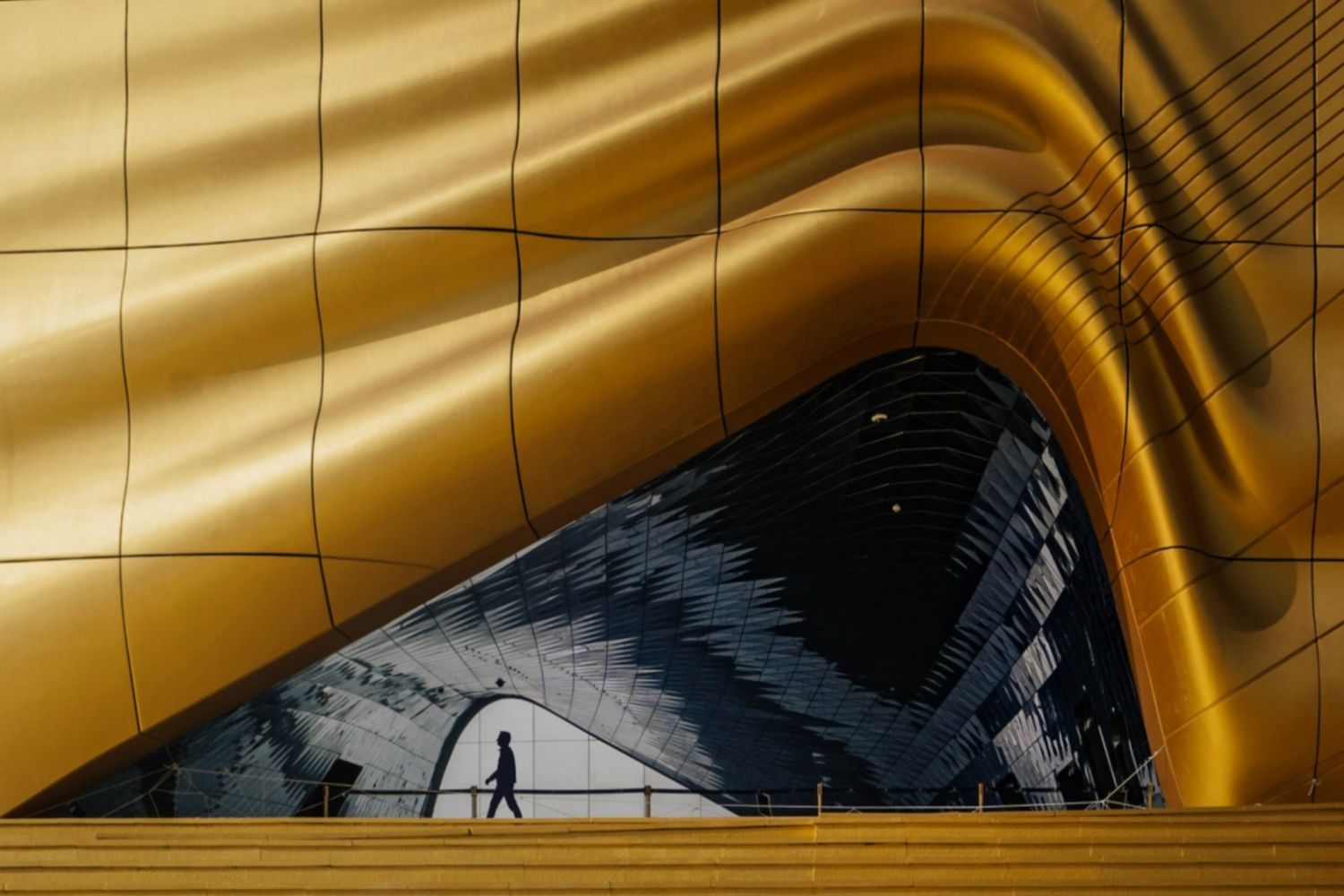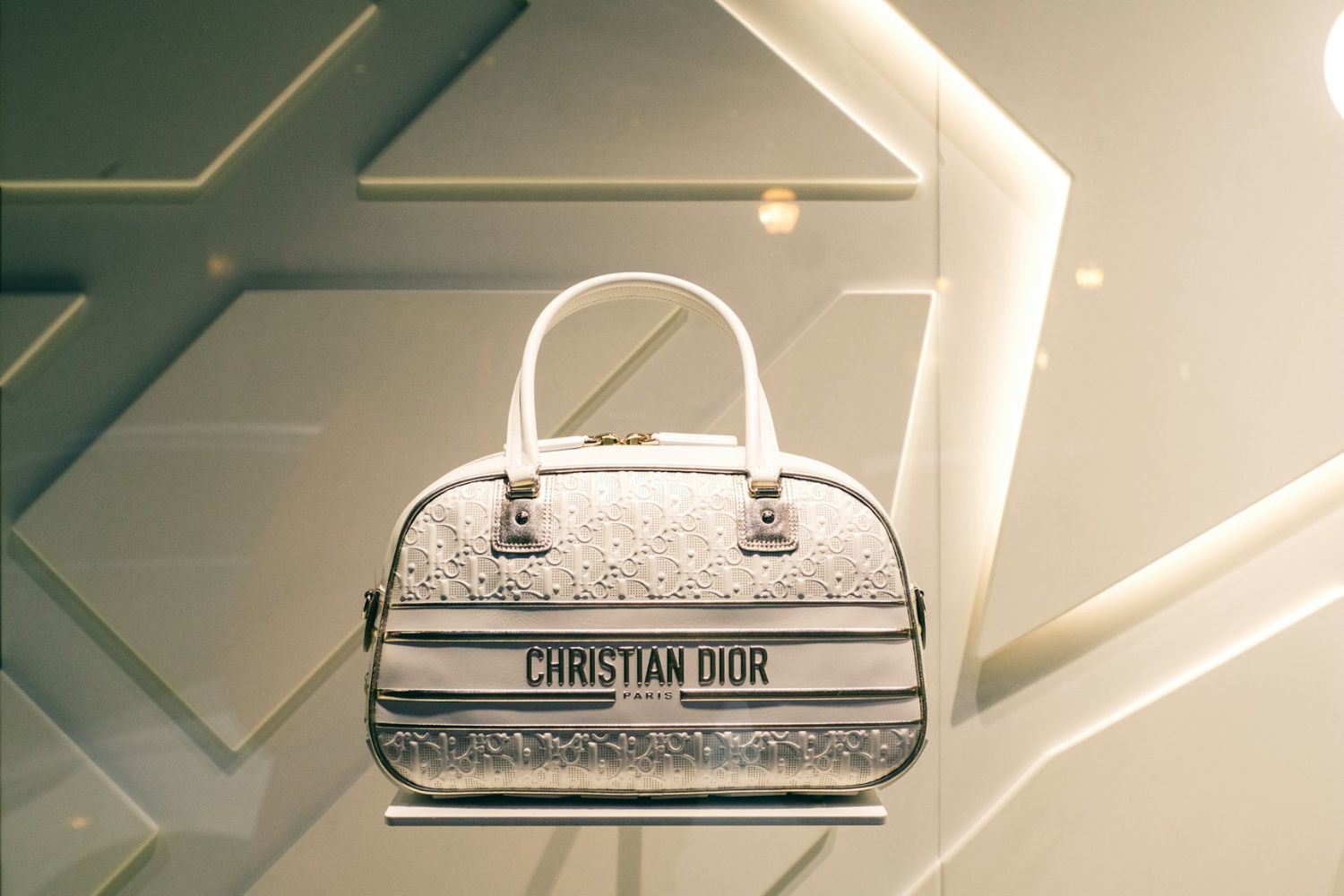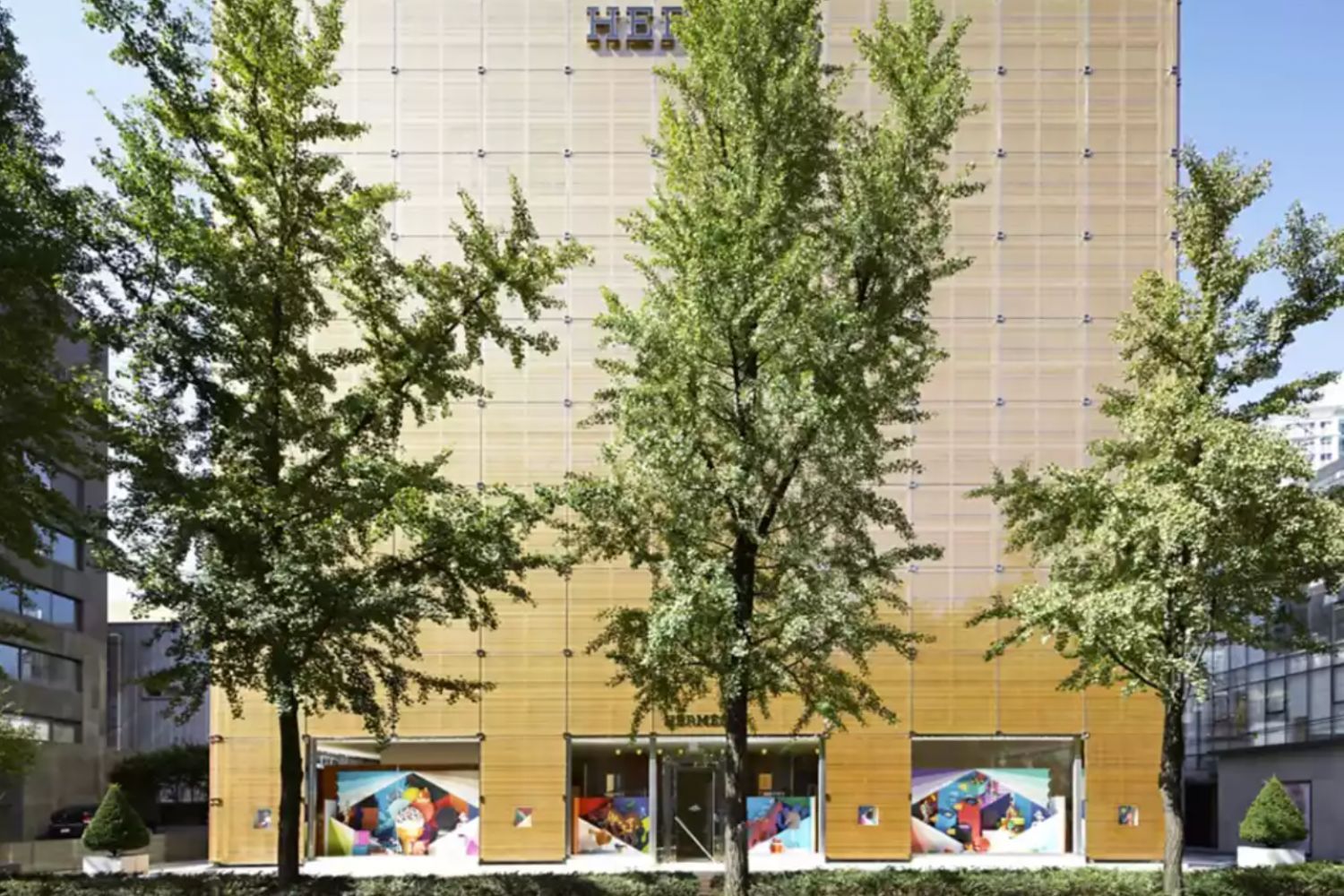Leadership Insights
Unlocking Leadership in the Luxe Lane - Insights into South Korea's Luxury Market

The arrival of Frieze Seoul in 2022 on the South Korean art landscape changed it forever. The partnership between the globally-renowned art fair and Kiaf, the Korea International Art Fair not only reinforced the notion that the Korean art market has become important in the global context – that year, it secured the 7th position in the world alongside Japan and Spain, and was worth USD 782m – marking a 32.2% YoY growth. That was also the year the connection between luxury and Korean art was reinforced. Saint Laurent set up a very spacious booth at Frieze and showcased the works of Lee Bae, one of my personal favourites due to his minimalist style and unmatched use of charcoal as an art medium.
Outside of the art fair, but coinciding in terms of timing, Chanel partnered with the Yeol Korean Heritage Preservation Society to support the Artisan of the Year and Young Craftsman of the Year projects for five years. In just a few days, the third exhibition of the partnership will be opened to the public. While not related to fine art directly, Gucci also made a big statement in November of that year by signing a three-year contract with the Cultural Heritage Administration (now renamed to Korea Heritage Service), committing to a conservation and restoration project of the Gyeongbokgung Palace, the main royal palace and one of the central points of Seoul.

Suki Seokyeong Kang’s exhibition “Willow Drum Oriole.”
Since then, a plethora of other projects have surfaced, to the point where not joining the Seoul Art Week – during which the Kiaf & Frieze Seoul art fairs take place – is a statement on its own. In 2023, Lady Dior Celebration took place, an exhibition showcasing two of Dior’s art projects, Lady Dior as Seen by… and DIOR Lady Art and the 24 Korean artists that have taken part in the projects up until that point – an extraordinary number that shows Dior’s keen sense of understanding of art world trends. Other brands have joined forces with museums, such as the partnership between Leeum Museum of Art and Bottega Veneta for the opening events of Suki Seokyeong Kang’s exhibition “Willow Drum Oriole.” Also coinciding with the Seoul Art Week, Prada hosted “Plural and Parallel”, the 10th iteration of its Prada Mode social club at the cultural venue KOTE in Seoul.
Due to the high saturation of art events during that one week, brands are trying to diversify their strategy of showing commitment and appreciation of the booming South Korean art scene. Gucci recently announced a new project, Gucci Cultural Month: A Tribute to Korean Culture, planned for 15 October – 14 November 2024. This way, they aren’t competing for attention during the filled-to-the-brim schedules of the September Seoul Art Week but are still close enough to be riding on the wave of the excitement it creates. On top of Fine Art represented by the conceptual artist Kimsooja, they are also celebrating the filmmaker Park Chan Wook, contemporary dancer Eun Me Ahn and pianist Seong Jin Cho.

In May this year, Hermès held its Seoul edition of the Hermès in the Making event for 10 days at Lotte World Tower’s World Park, coinciding with the Korea Craft Week held from 17 to 26 May. The Korean audience was invited to witness 11 Hermès artisans at work, to gain a better understanding of the brand’s commitment to craftsmanship. Korean crafts have also been experiencing a boom over the past few years, but the festival is still not as widely popular, and so it was the perfect way for Hermès to shine and showcase their great understanding of the local cultural scene.
If you dig a bit deeper, you will understand that Hermès has been deeply committed to Korea for longer than most brands. The iconic brand signed a nine-year-long partnership with the Gyeongbokgung Palace as early as 2015 to restore palatial furniture. Korean artists are also often exhibited by Fondation d'entreprise Hermès at Atelier Hermès –with the most recent one currently on display. It’s an important one, as it celebrates artist Kim Hee-cheon, winner of the 20th Hermès Foundation Missulsang (Korean for Art Award) – launched in 2000, annually until 2015 and since then biennially, the prize is awarded to a young contemporary Korean artist in recognition of exceptional work. The Seoul chapter of Atelier Hermès was opened in 2006 and is located at Maison Hermès Dosan Park – Dosan Park is one of the most important luxury shopping hubs in Seoul.

While more discreet, Cartier is another one of those long supporters of Korean arts and culture. Fondation Cartier pour l’art contemporain in Paris hosted an exhibition of the now well-known Lee Bul in 2007. More locally, since 2015, it has been sponsoring a restoration project of the traditional textile Ra, carried out by Onjium Culture Research Center. It featured the fruits of that year-long partnership in its recent Crystallization of Time exhibition in Seoul by adorning parts of the exhibition with intricate material and inviting the institute to host a series of workshops for the Korean audience.
The more I explore this fascinating relationship between Korean arts and crafts and luxury – or, as I phrase it in my academic research projects: ‘the artification of luxury in the Korean context’, the more I see it has a very solid foundation, built over more than two decades. As I am processing this knowledge, two questions are brewing in my mind concerning the recent intensification – how to ensure your presence is noted with the saturation of cultural events hosted by luxury brands?
And another one, perhaps less obvious but by no means less important – if the large-scale art-related events have become so sophisticated, how can luxury brands up their VVIC game, the true battlefield of the future of luxury? I hope to be a meaningful contributor to this answer in the years to come.

Dominika Kustosz-Lee, a renowned expert in luxury and art, offers a unique perspective on the South Korean market. Her work spans consulting, writing, and curatorial projects, providing invaluable insights into the evolving dynamics of luxury consumption and the art market in South Korea.